In the first seven weeks of the Donald Trump administration, Russia has been as hot an issue as it gets. Amid the scramble to do damage control, the most reasonable advice for Washington is to take a breath, sort out the sequence of moves, and draw appropriate “red lines.” It’s often assumed that the Russian leadership will merely wait for the whirlwind of scandals to blow over—but there’s a real risk that President Vladimir Putin will take a proactive stance and throw another of his trademark surprises.
In principle (which in Russian political lingo means “in a different world”), it makes perfect sense for Moscow to be patient. The scarlet letter marking He-Who-Spoke-With-The-Ambassador will fade, to be replaced by interactions with reliable interlocutors in the bureaucracy. Nevertheless, many experts in Moscow are now inclined to argue that the chance of striking a deal with Trump’s team is lost, and that only tough tests of will are forthcoming.
Putin, quite possibly, holds a different opinion. Doing deals is what he understands best and excels at—he’d be reluctant to give up on Trump as a negotiating partner. Putin’s recent meeting with Darren Woods, ExxonMobil’s new CEO, was probably intended as a signal to U.S. State Secretary Rex Tillerson and his boss about Russia’s readiness to bargain. He probably is, but he might be pushed in a different direction.
Forget the tweets—watch the deeds
Knowing little about social networks, Putin may be inclined to disregard the daily flow of tweets coming from the White House. What he certainly takes seriously are the decisions that point to new policy priorities, muddled as they might seem now. Four such decisions should be matters of serious concern in the Kremlin.
First of all, the intention to increase the U.S. defense budget by some $54 billion comes as a grave warning. Russia has been investing heavily in modernizing its military machine for the last five years, but now the country’s protracted economic decline has necessitated cuts to the over-ambitious defense plans. Many half-accomplished programs—like the Yasen-class nuclear submarine or the “fifth generation” PAK-FA fighter—have been delayed, while the costs of ongoing interventions in places such as Syria and Ukraine keep piling up. Trump’s resolution to boost U.S. military capabilities is not only a reminder of Russia’s military-industrial inferiority, but also a confirmation of his proposition to deal with Russia “from a position of strength.” This doesn’t sit well in Moscow at all.
Second, Trump’s stated disinclination to engage in talks on strategic arms control caught Putin by surprise in the first (and so far only) telephone conversation since Trump moved into the Oval Office. The Russian leader had turned down every proposition from President Barack Obama on possible new cuts of nuclear arsenals, expecting it to be a more favorable topic for conversation with his successor. Now he has to assess the scope of U.S. nuclear modernization. On top of that, there is a substantiated accusation that Russia has violated the 1987 Intermediate-Range Nuclear Forces (INF) Treaty, which Moscow cannot make disappear by flat denials.
Third, Russian experts had eagerly predicted a deepening discord between the United States and its European allies and a profound confusion inside NATO. Instead, firm assertions by the vice president, secretary of state, and others on the U.S. commitment to the alliance have been accompanied by the demand that NATO allies increase defense spending. The Europeans see the need to take this demand seriously, and every euro of additional investments in their long-starved militaries buys new capabilities for containing the Russian threat. The top brass in Moscow are not amused, in particular, by NATO’s determined build-up of collective defense assets in the Baltic theater.
Fourth, there is now strong U.S. pressure on Russia’s most sensitive pain point: the price of oil. For many months, Moscow had been in negotiation with OPEC about production cuts, seeking to achieve some upward trend in this market—only to experience another price drop in the last couple of weeks. The primary driver of this volatility is the relaxation of regulations in the United States, bringing new drilling, which over-compensates all the OPEC cartel machinations. The Russian ruble has duly depreciated, and any promised economic stabilization before next year’s national election is unlikely at best. The economy will continue to stagnate.
The joy of playing white
There were two kinds of optimistic expectations in Moscow regarding the Trump era: deal-making and confusion. The first expectation, which is fading under the impact of accumulating disappointments, would translate into a policy of patience and preparation for pragmatic bargaining. The second expectation—which presumes confusion in alliances and a weakening of U.S. leadership—instead points to the need to exploit early opportunities. Putin generally prefers bargaining, but he has also developed a taste for proactive moves and enjoys watching his counterparts’ resulting dismay. His frustration at not receiving “proper attention” (in his view) from Washington may lead him to conclude that now is the time for catching the wavering West by surprise.
Putin doesn’t have that many options for a forceful move. In some easily accessible places, particularly around the three Baltic states, NATO’s “red lines” have already been drawn quite firmly. The intervention in Syria remains a useful tool, and there has been a flurry of Middle Eastern intrigues in Moscow recently. This region contains, however, the most promising targets for cooperation with the United States (as the second meeting between top generals—Valery Gerasimov and Joseph Dunford—confirms). Spoiling this interesting beginning with an aggressive move, for instance in Libya, would not be smart.
Predicting Putin’s specific move is a conundrum, but expecting him to do nothing is a fallacy.
There is always Ukraine, where nothing resembling a ceasefire in the Donbass war zone has been established, and the Minsk process is both hopelessly deadlocked (yet still the only hope). Putin could launch a spring offensive aimed at expanding the rump “Novorossiya,” which is too small to make strategic sense but too big to keep on Russian budget books. Georgia also is a convenient and easy-to-reach target, and even friendly Belarus is worried about Russian military pressure.
Predicting Putin’s specific move is a conundrum, but expecting him to do nothing is a fallacy. He has reasons to assume that Ukraine fatigue in the West is growing and that the Trump administration is not ready to meet a sudden challenge—which would aggravate the confusion in NATO to the point of shambles. Faced with this prospect, it is time for Washington and the West to deliver some convincing dissuasion.
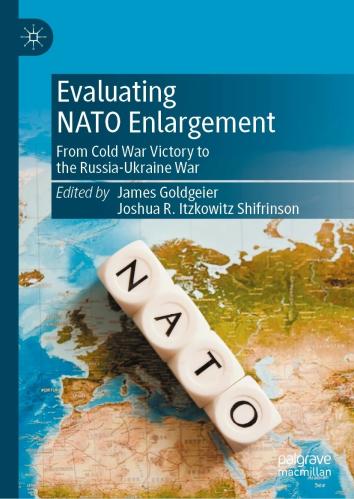
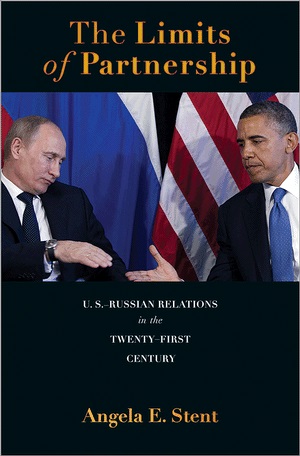
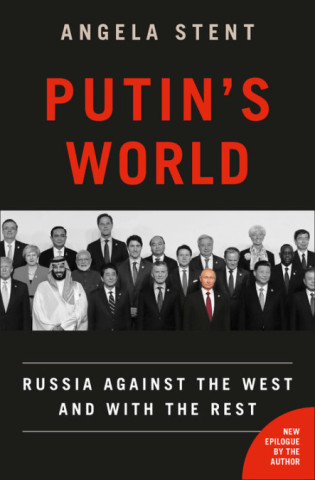
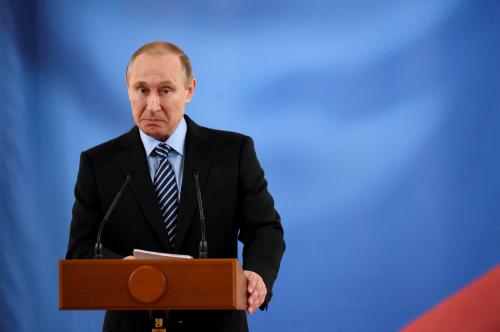
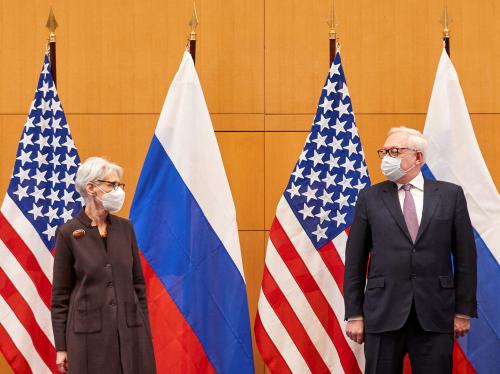
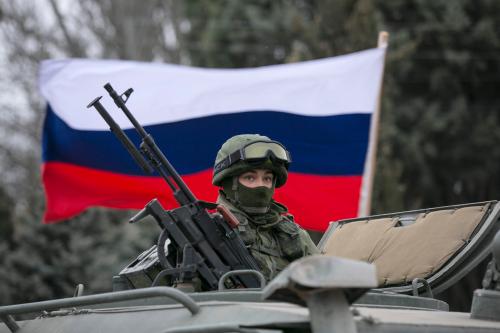



Commentary
Putin might not wait for Trump to sort out his Russia policy
March 14, 2017